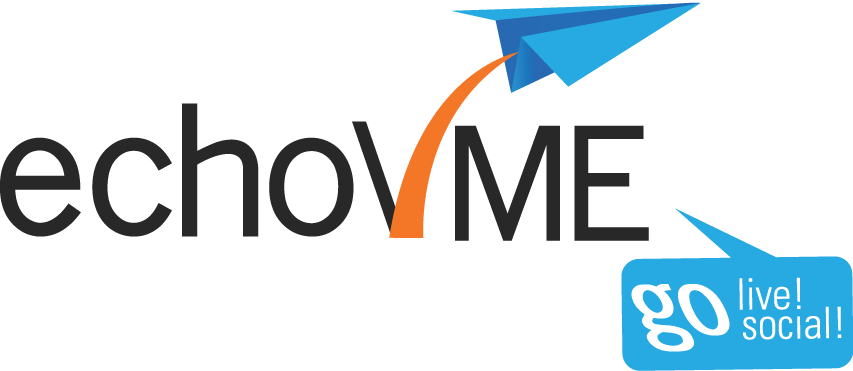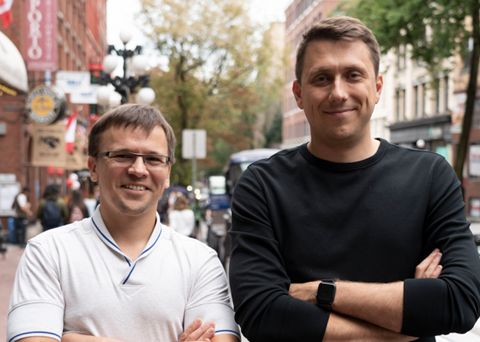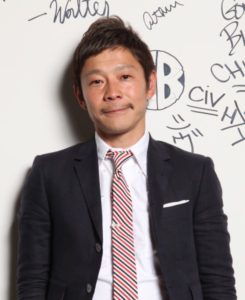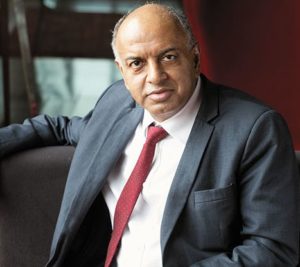Sorav Jain : An Indian Entrepreneur Crusing Down the Bay of Digital Marketing
The traditional ways of marketing have been outweighed by digitalized promotions as soon as we stepped into the era of digitalization. But, since the last few years, online marketing space has been overcrowded by people with low experience and claimed professionals. The presence of such freelancers, who have a very minimal idea about digital marketing and social media, creates confusion among the customers which reduces trust in the long run. So, the effectiveness of a good digital marketing company gradually loses its demanding position while people with basically no knowledge-creating havoc in the digital world.
And, to clear the mind of people and help them chose the best, Sorav Jain, a young Indian entrepreneur created some offbeat strategies for his digital marketing company, echoVME. He built the company out of pure passion, as he was ever really into studying biotechnology, though he pursued it. But, later he made his mind to create something of his own, like his father and uncles and went abroad to study marketing management.
Family Background and Early Life
Sorav Jain belonged to a family where creating your own ship cruise was appreciated more than working on a royal one. His father and uncles were established businessmen, so going the unconventional way and turning down tempting jobs were absolutely supported by his family members.socialsamosa.com

Sorav went to Loyola College and graduated with a bachelor’s degree in biotechnology in 2007. While being an undergraduate student, he already mastered the art of SEO, and hence, joined Contempo Technologies as an SEO and Content Executive in January 2006. By this time, Sorav already chalked out his plan to start off his venture and explore the entrepreneurial endeavours. He went to the University of Leeds to complete his master’s degree in International Marketing Management and joined CMO Axis as a Digital Marketing Specialist after graduating. Working for CMO Axis, a global digital marketing firm fascinated him even more about the world of advertising.
Setting up echoVME
Sorav Jain still continued working at CMO Axis, while he was building his own empire. Quite a business mind!
An entire plan was set up, and Sorav started assembling the building blocks of the company from December 2009. The company became operational from March of the next year, a couple of months after leaving CMO Axis. So, like any other young entrepreneur, Sorav dived into his business with the utmost passion and energy to bring a significant change in digital marketing.
The company started with a team of 10 members operating from Mumbai and Chennai.
At People’s Best Interest
echoVME wasn’t established with the regular idea of going around, convincing people, taking in clients and earning money. Sorav really wanted to put some effort to make young minds, especially college students, learn about digital marketing so that the quality of freelancers available in the marketplace improves and more students get exposed to the light of digital marketing.
Since its establishment, a lot of training sessions and workshops are conducted by echoVME. Apart from covering major cities like Delhi, Mumbai, Chennai, echoVME has also spread its wings to Sri Lanka. It was a really smart strategy from the owner to conduct such workshops, as they received humungous positive feedbacks, even from CEOs, CMOs, and Executive Officers of many famous brands.
Within few months of founding the company, it made deals worth $10 million through corporate blogging strategy.
Obstacles and Competitors
For Sorav Jain the hardest challenge was time management and implementing every theoretical statement from the heavy books of business administration in real life. He said that when you set up a business, it is more than just the bookish definition of the business terminologies, as you have to deal with real people and real crisis. But, that’s how one learns, isn’t it?
Sorav gives very vague answers, every time it comes down to mentioning echoVME’s competitors. In an interview, he said that every company that is trying to reach a standard position in digital marketing, especially blogging-centric marketing, are the competitors.
Success of echoVME
Presently, echoVME has trained more than 2000 professionals and brands through their training programs and workshops. More than 100 workshops have been conducted echoVME in major cities of India till date. The training sector of echoVME, SOCIALME has gained unexpected popularity from the very first day.
What after echoVME?
Sorav founded Digital Scholar, an agency-based learning institute in July 2019. Apart from this, Sorav has also been a guest lecturer at many famous educational institutes, like IIT Madras and Leeds Metropolitan University.

Annasha Dey is an NIT student, who apart from studying engineering is also a content writer. She has a great interest in photography, writing, reading novels, and travelling as well. She is a foodie who loves socializing and hanging out with her friends. She is also a trained Kathak dancer and a big fashion enthusiast. Dey also loves watching TV series, which includes F.R.I.E.N.D.S. and Big Bang Theory. To be a better writer she prefers to read more











